
The latest innovations are in focus at the 127th annual meeting of the American Academy of Ophthalmology, being held at the Moscone Center in San Francisco.

The latest innovations are in focus at the 127th annual meeting of the American Academy of Ophthalmology, being held at the Moscone Center in San Francisco.

Launched in 2014, Intelligent Research in Sight is the nation's first and largest comprehensive eye disease registry.

The collaboration, fueled by a $5 million donation from Knights Templar Eye Foundation (KTEF), will introduce a free and open VR simulation program for ophthalmologists and trainees worldwide.
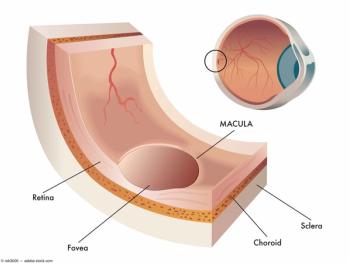
Researchers found that spontaneous macular hole closure and surgical treatment seem to be associated with comparable rates of closure and visual outcomes.

The purpose of this investigation was 2-fold: to estimate the costs of treating GA with pegcetacoplan and to identify possible utility measures to compare treatments for GA.

OCT and OCTA imaging were especially valuable in this patient population because the images extended the current definition of sickle cell retinopathy.

Investigators have proposed a new algorithm, TWO-ROP, which they describe as “a new and simple screening protocol with a two-tiered impatient and outpatient approach.”

The collection at the Truhlsen-Marmor Museum of the Eye includes more than 38,000 objects, including rare books, instruments and immersive educational materials.

Several companies including, Kiora Pharmaceuticals, Adverum Biotechnologies, and Aviceda Therapeutics, will share data at the meeting. Our team from Ophthalmology Times will also be in attendance.

The American Academy of Ophthalmology (AAO) 2023 annual meeting is returning home to San Francisco on Friday November 3 through Monday November 6.

Academy’s 2023 program taking place in San Francisco.
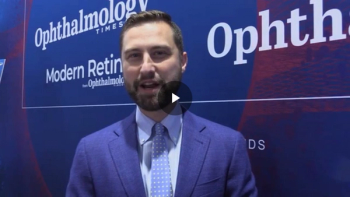
Scott Walter, MD, an investigator in the TENAYA and LUCERNE trials discusses the year 2 data for the treat-and-extend regimen of faricimab for the treatment of nAMD and DME.
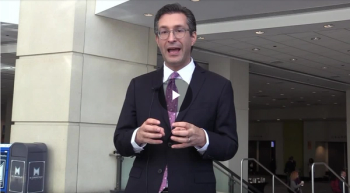
Carl Danzig, MD, points out that the sooner patients can be diagnosed, the sooner ophthalmologists can treat them and preserve their vision.
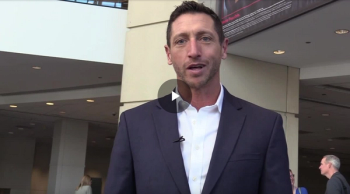
Tom Ruggia, President and CEO of Samsara Vision, provides updates on the lead asset for late-state age-related macular degeneration: Smaller-incision, new generation, implantable miniature telescope (SING IMT).
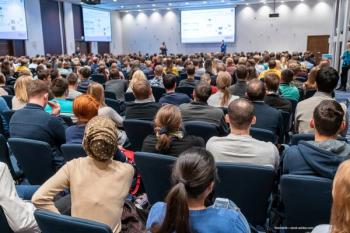
A combination of posters, podium presentations, and instructional courses provided invaluable revelations to the ophthalmic community.
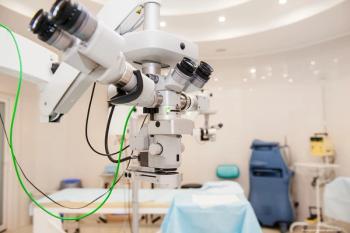
The investigators undertook a study to determine the incidence of rhegmatogenous retinal detachments 1 year after cataract using the IRIS Registry data and to determine the demographic features, ocular comorbidities, and intraoperative factors associated with an increased risk of detachment development.
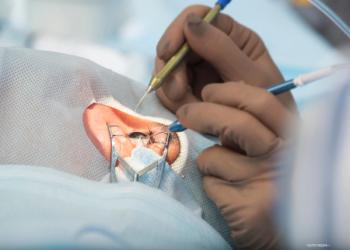
Patients with a unilateral rhegmatogenous retinal detachment frequently ask about the risk of developing an RRD in their fellow eye.

Those who used both traditional and electronic cigarettes reported severe to very severe ophthalmic symptoms.

The AVONELLE-X long-term extension study will continue to evaluate the efficacy, durability, and safety of faricimab in patients with neovascular AMD.

The data analysis showed that the macular thickness decreased across all time periods and in all macular regions for all tertiles.

Janssen noted that results from Phase 1/2 MGT009 study demonstrate safety profile of investigational gene therapy botaretigene sparoparvovec (AAV-RPGR) and suggest sustained vision improvement in patients with X-linked retinitis pigmentosa.

The results also showed that, compared to use of systemic antivirals alone, treatment with adjunctive intravitreal injections or early pars plana vitrectomy did not affect the time to development of retinal detachments.

The data analysis indicated that patients achieved robust visual gains and central subfield thickness reductions with faricimab dosed every 8 weeks and with PTI dosing up to every 16 weeks. The gains were sustained through year 2 of the trials.
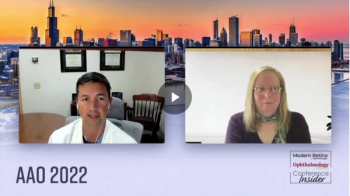
At AAO 2022, Justis Ehlers, MD, presented a talk entitled, "Defining the Fluid Problem in Neovascular AMD: To Dry or Not to Dry?"

Almost 5 million patients in the IRIS Registry had received at least one diagnosis of DED between 2013 and 2019; of those, 203,171 were children under 18 years of age and 4,592,808 were adults.
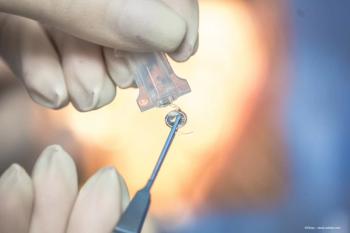
Investigators reported that the safety and efficacy of the Tecnis Synergy IOL model ZFR00V indicates that it may be a good option for patients who desire meaningful gains in uncorrected visual acuity at all distances.
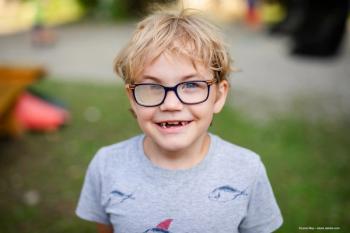
13% of pediatric patients had new-onset strabismus after a tube shunt procedure; in contrast, 0% of adults had new-onset strabismus after tube shunt surgery (at 6 months or at last follow-up).
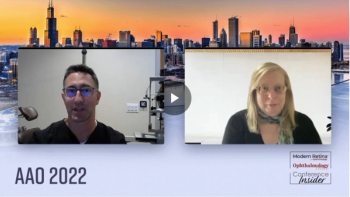
Roger A. Goldberg, MD, MBA, discusses his 2022 AAO poster: "T&E-Based Personalized Treatment Interval Dynamics in the YOSEMITE/RHINE Trials of Faricimab in DME."
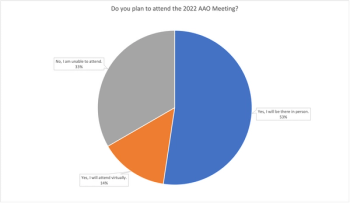
Results from our recent poll regarding AAO 2022 attendance indicate that most ophthalmologists and retina specialists plan to participate in the Annual Meeting in person in Chicago, Illinois.

A poll for retina specialists regarding their attendance at the 2022 American Academy of Ophthalmology Meeting in Chicago, Illinois. The poll is now closed.